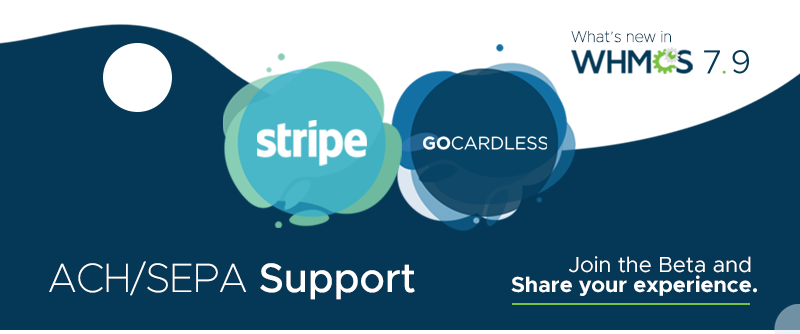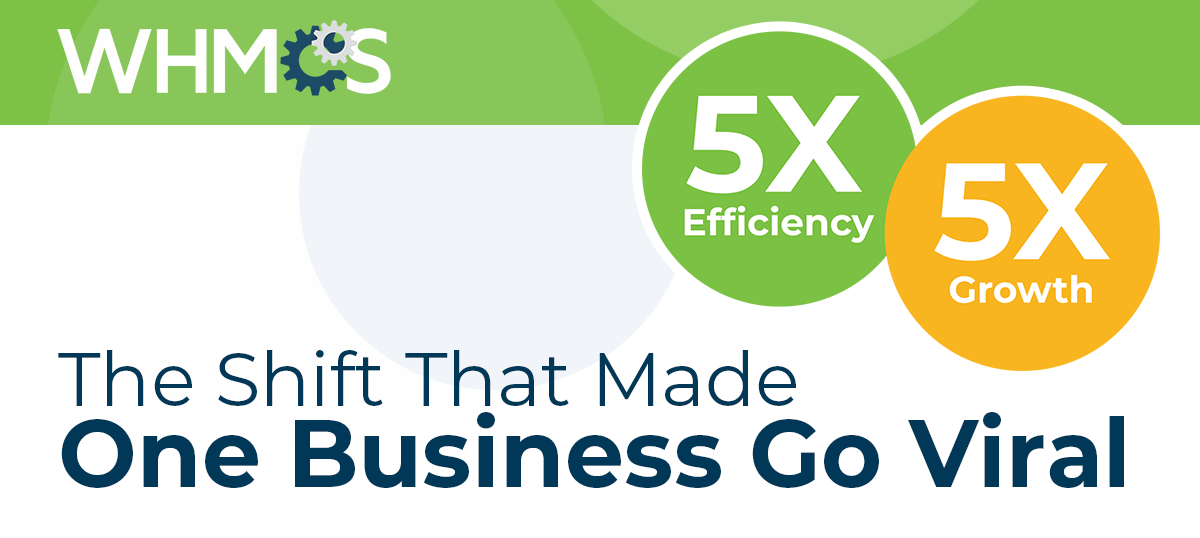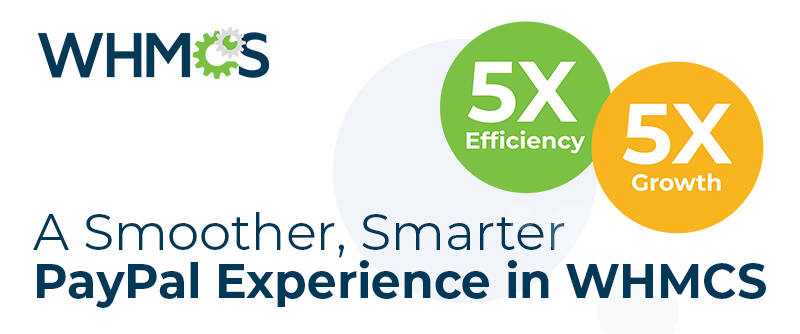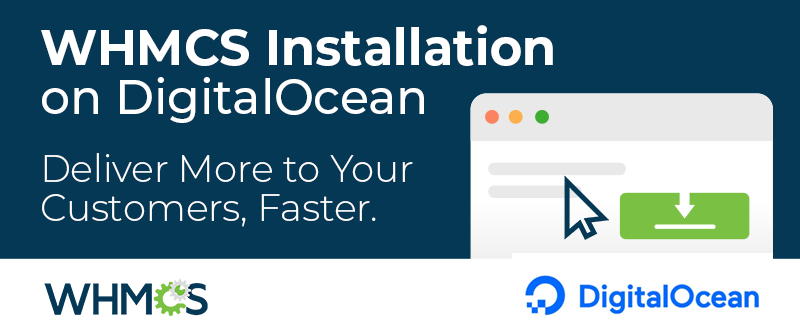
While credit and debit card payments are still the number one choice for making payments online, direct bank payment methods are becoming a more and more popular alternative for subscription billing thanks to increased reliability and lower transaction processing costs. ACH payments increased by 8.7% in Q4 2018, and same-day ACH payment volume grew 46% in the same period.
Today we're happy to announce that WHMCS customers are now able to accept ACH and SEPA bank transfers via our integration with Stripe, as well as the addition of ACH functionality to our integration with GoCardless.
If you're not yet accepting ACH or SEPA payments, read on to find out why you might want to consider it.
What is an ACH or SEPA payment?
ACH stands for Automated Clearing House, a US financial network used for electronic payments and money transfers, while SEPA Direct Debit is the European Union's version of the same thing. Both ACH and SEPA payments are a way to transfer money from one bank account to another without using paper checks, credit card networks, wire transfers, or cash.
Bank account payments such as these are often also referred to as Direct Debit Payments.
How does ACH/SEPA work?
ACH and SEPA payments are similar to debit card transactions in that both withdraw funds from a customer's bank account. However, since these payments do not use the card brand networks, they are not subject to interchange and network assessment fees which can lead to huge savings on fees. To pay by ACH or SEPA, you provide your bank account information such as IBAN number or routing and account number, and digitally sign a recurring payment authorisation.
When a payment becomes due, a request is made to your bank by the payment processor and providing there are sufficient funds in the origin account, the transaction is processed. The funds are then debited from the origin account and credited to the target account by the ACH or SEPA Direct Debit network.
It typically takes between 3 and 5 business days for payments to be processed and approved. Only once the payment has been approved will the invoice be marked as paid.
The benefits of ACH/SEPA
There are a number of reasons why ACH and SEPA payments are becoming an increasingly attractive option for businesses: Lower transaction fees
ACH and SEPA payments typically have the lowest processing fees of any type of payment. For businesses that accept recurring payments like many WHMCS customers do, the savings can be significant with fees typically less than 1%, and with a maximum cost of $5 per transaction.
Fewer declines due to expiration
Bank accounts don't have expiration dates like credit and debit cards. So you don't have to deal with expiring payment details when processing recurring subscription payments via direct debit.
More convenient for everyone
Providing additional payment options makes for a better customer experience. Some customers don't have or like using credit cards, and ACH/SEPA is a faster and more convenient alternative to manual check payments or wire transfers.
Lower non-payment disputes
ACH and SEPA payments are typically disputed less often than credit and debit card transactions.
Getting Started with ACH and SEPA Payments in WHMCS
ACH and SEPA support is being made available for Stripe via 2 new payment gateway modules: "Stripe ACH" and "Stripe SEPA". For GoCardless, ACH support has been added to the existing module. If you already have the GoCardless module activated, as soon as you upgrade to WHMCS 7.9 or later, the ACH option will be made available for USD currency customers. If you are not yet using GoCardless, simply activate and configure the "GoCardless" payment gateway module.
To begin accepting payments via any of these new payment methods, simply navigate to Setup > Payment Gateways, select the All Available Payment Gateways tab and then click the desired payment gateway.
You can learn more about Stripe and GoCardless at the urls below.
https://www.stripe.com/
https://www.gocardless.com/
These new payment gateways are available in WHMCS 7.9 which is available now in beta. To learn more about WHMCS 7.9 and what else is new, as well as how to take part in the beta, visit https://beta.whmcs.com/
Thanks for reading!


